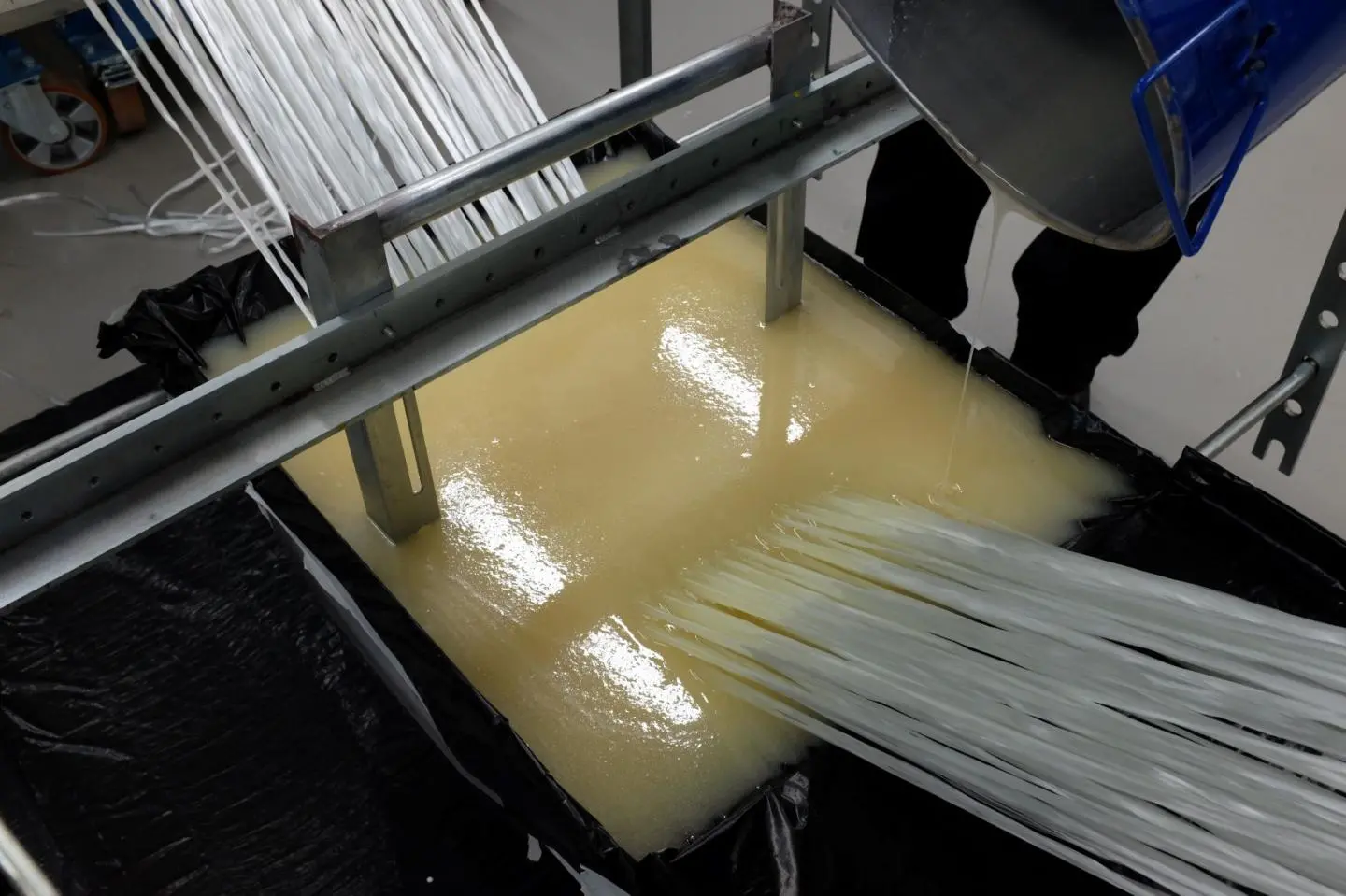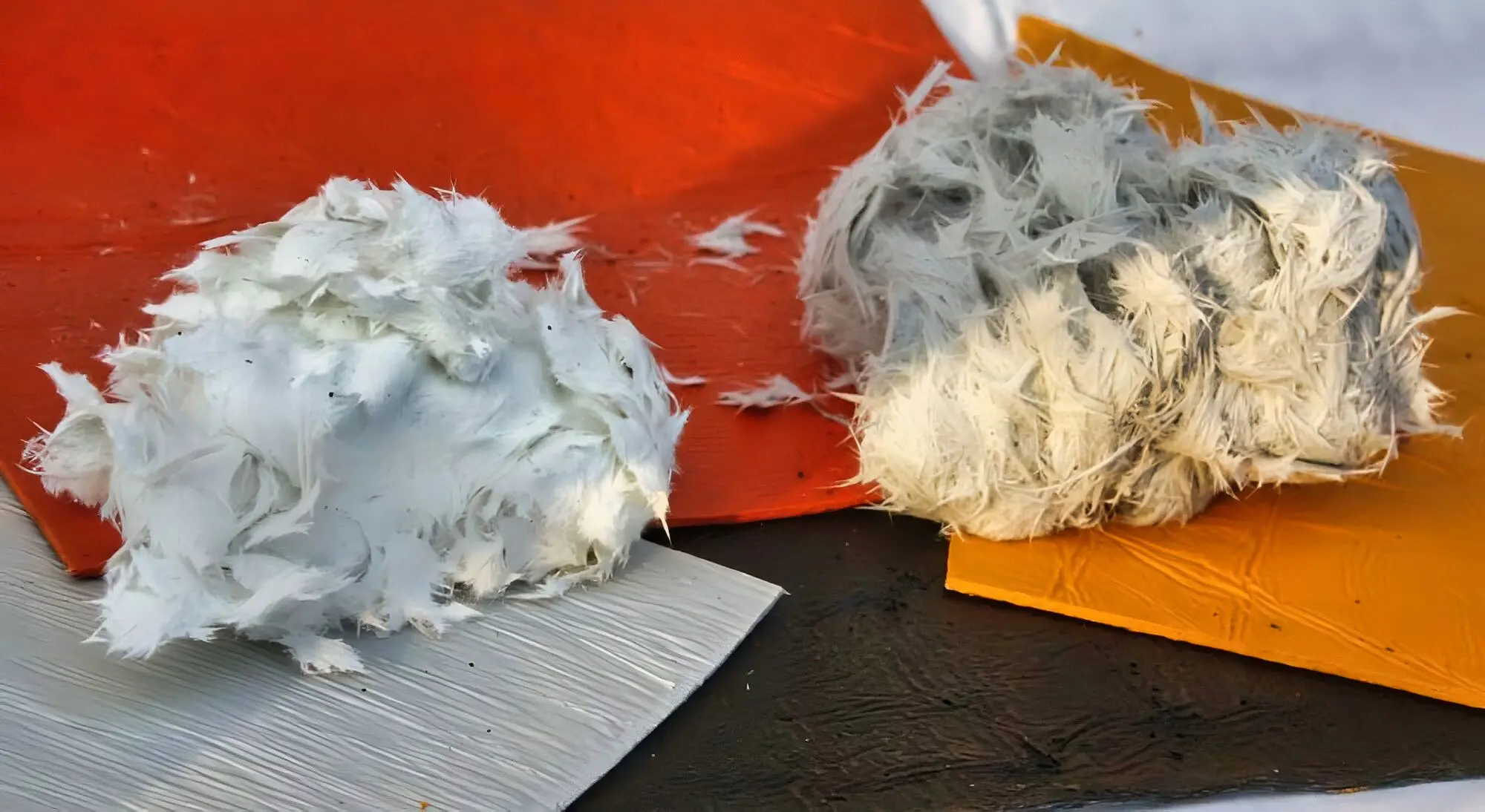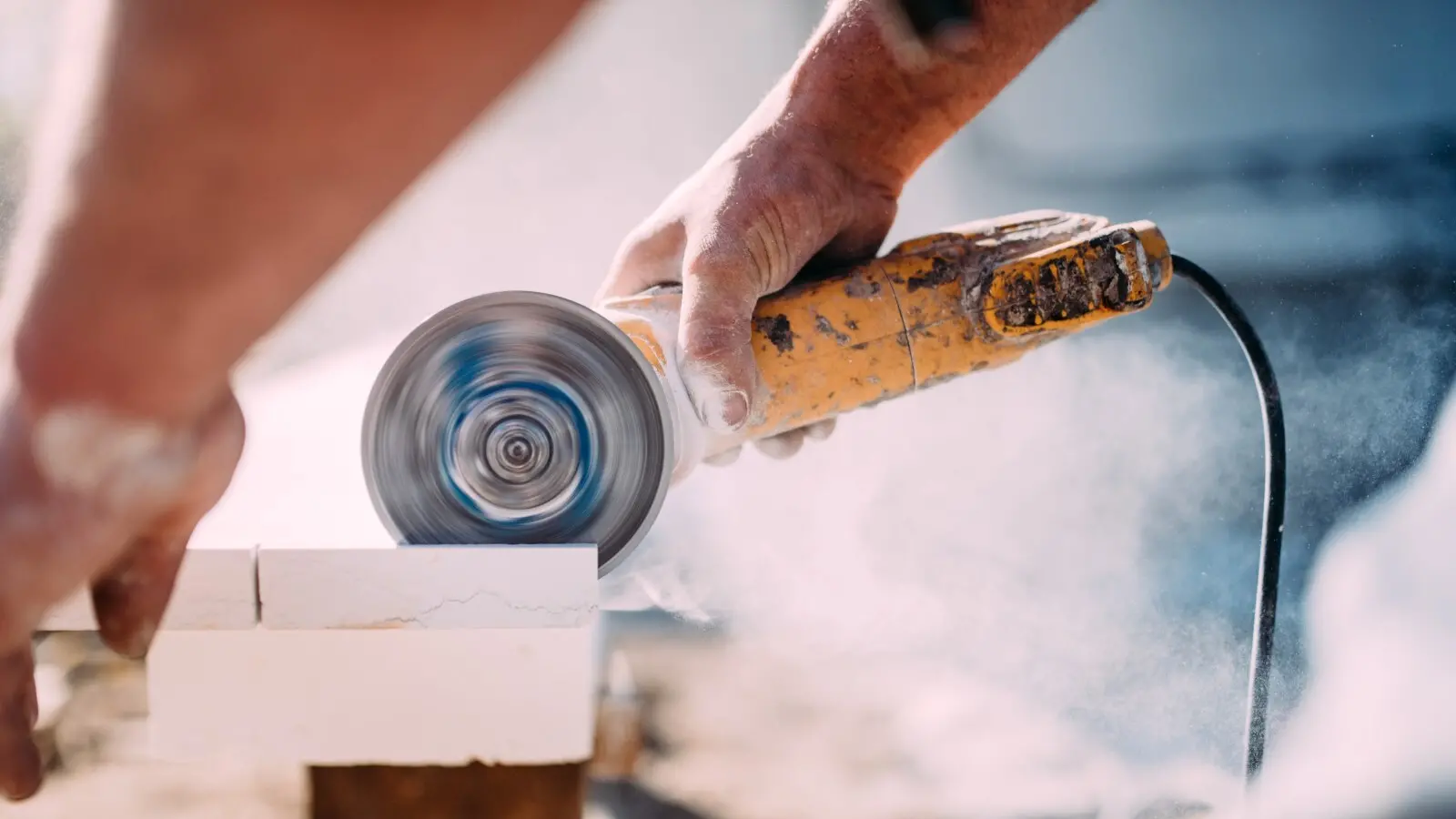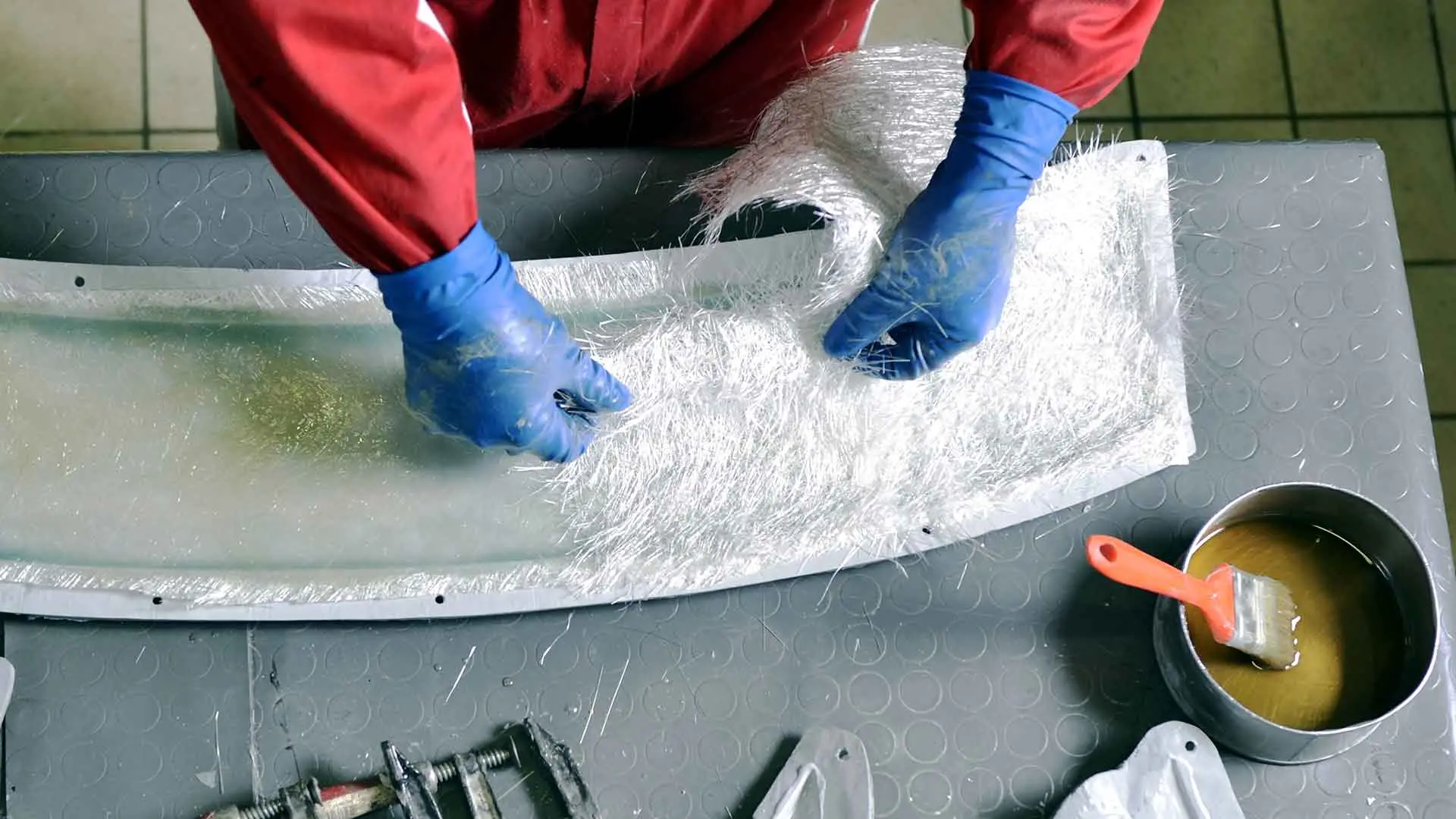How Does the Amount of Accelerator Added to Unsaturated Resin Affect Curing Speed?
For professionals in the fiberglass industry, unsaturated resins are typically categorized into two types: those containing accelerators and those without.
- Resins with accelerators are often used for product manufacturing, such as in creating outer shells. The inclusion of an accelerator simplifies the process, allowing customers to focus primarily on the correct dosing of the curing agent. Generally, these resins offer superior performance due to the reduced risk associated with shortened storage time.
- Unsaturated resins without accelerators, such as 191 resin, are typically employed for corrosion resistance or when the amount of additives needs to be determined based on specific environmental conditions. The aim of omitting accelerators is to lower the per-unit cost for clients.
When testing accelerators, it is important to ensure accurate dosing. Does the amount of accelerator impact the curing process when the curing agent quantity remains constant?
The reasoning is similar to that of curing agents: an excessive amount of accelerator will speed up curing, while insufficient amounts can lead to incomplete or uneven curing, especially when fillers are added or temperatures are low. Therefore, both curing agents and accelerators must be adjusted based on specific circumstances.



